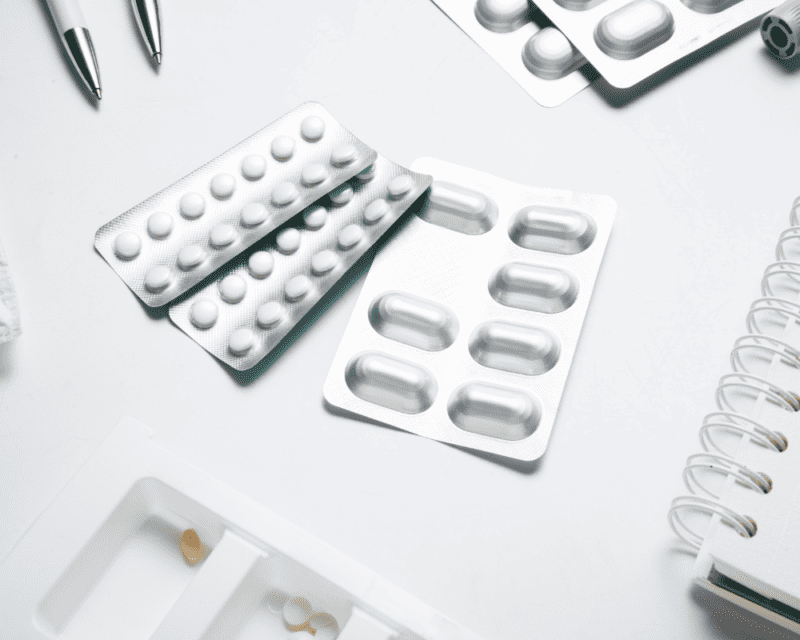Pharmacy dispensing is a critical aspect of healthcare that involves accurately preparing and providing medications to patients based on prescriptions from healthcare professionals. Ensuring the correct medication dosage is essential for patient safety and the effectiveness of treatment. A crucial part of pharmacy dispensing involves converting dosages from milligrams (mg) to millilitres (mL), as medications are often available in different forms and concentrations. An mg to ml calculator is a useful tool for converting medication dosages from milligrams (mg) to millilitres (ml), especially for liquid medications. It helps ensure accurate administration of medications based on concentration. Users input the mg dosage and medication concentration to obtain the corresponding ml volume, enhancing patient safety and treatment efficacy.
The Significance of Pharmacy Dispensing

Pharmacy dispensing plays a pivotal role in the healthcare system. It bridges the gap between healthcare providers’ prescriptions and patients’ access to medications. Accurate dispensing ensures that patients receive the right medication, dosage, and form, promoting their well-being and recovery.
Understanding Medication Dosages
To dispense medications accurately, it is essential to comprehend how drug dosages are prescribed. Medication dosages are often expressed in milligrams (mg), which represent the weight or mass of the active ingredient in the medication.
Need for mg to mL Conversion
Medications are available in various forms, including tablets, capsules, liquid suspensions, and injections, each with different concentrations. Converting from mg to mL becomes necessary when a medication is in liquid form, as it allows pharmacists to measure the volume of medication needed to achieve the prescribed dosage.
Importance of Precision
Precision in pharmacy dispensing is paramount. Minor errors in medication dosage can have severe consequences. An mg to ml calculator simplifies the conversion of medication dosages from milligrams (mg) to millilitres (ml) for accurate administration.
Factors Affecting Conversion
Several factors can influence the conversion from mg to mL, including the medication’s concentration, the patient’s age and weight, and the specific dosing instructions provided by the prescriber. Pharmacists must consider all these factors to ensure safe and effective dispensing.
Methods of mg to mL Conversion
Two primary methods for converting medication dosages are dimensional analysis and the ratio-proportion method. Pharmacists employ these methods to determine the appropriate mL volume corresponding to the prescribed mg dosage.
Dimensional Analysis
Dimensional analysis is a systematic method that involves converting units from milligrams to millilitres using conversion factors. This approach ensures accuracy and allows pharmacists to double-check their calculations for precision.
Ratio-Proportion Method

The ratio-proportion method is another technique used for mg to mL conversions. Pharmacists establish a ratio based on the prescribed dosage and the medication’s concentration, allowing them to determine the required mL volume.
Example Calculations
Providing practical examples of mg to mL conversions helps illustrate the process. We will walk through sample calculations using both dimensional analysis and the ratio-proportion method to convert dosages accurately.
Common Medications Requiring Conversion
Some medications frequently require mg to mL conversion due to their liquid forms or specific dosing requirements. Exploring examples of such medications highlights the practical application of conversion techniques.
Safety Measures and Quality Assurance
Pharmacies implement strict safety measures and quality assurance protocols to prevent errors during the dispensing process. These measures include double-checking calculations, verifying prescriptions, and ensuring proper labelling.
Patient Education
Educating patients about their medications, including the dosage and administration instructions, is essential for their adherence to the prescribed treatment plan. Pharmacists play a key role in providing this crucial information.
Conclusion
In conclusion, pharmacy dispensing is vital to healthcare, requiring accuracy and precision to ensure patient safety and treatment effectiveness. Converting medication dosages from mg to mL is a common practice in pharmacy, with various methods available to achieve accurate results. An mg to ml calculator is valuable in healthcare and pharmacy for converting medication dosages from milligrams (mg) to millilitres (ml).

